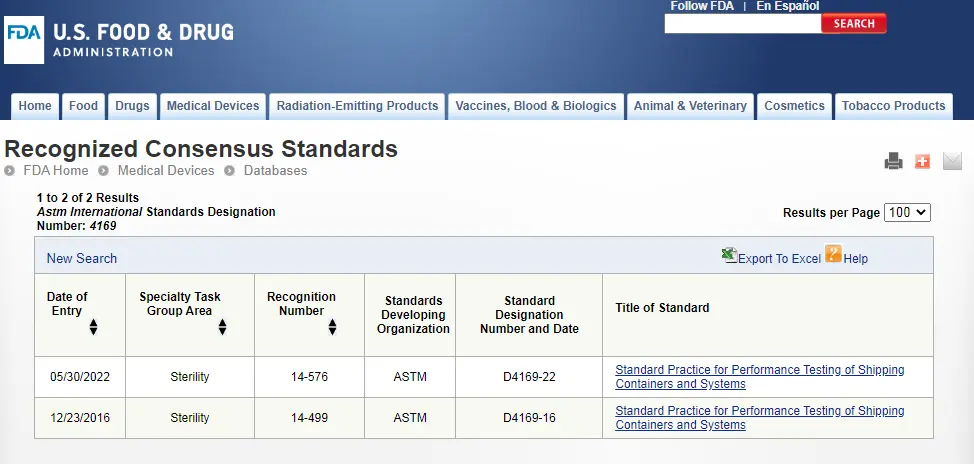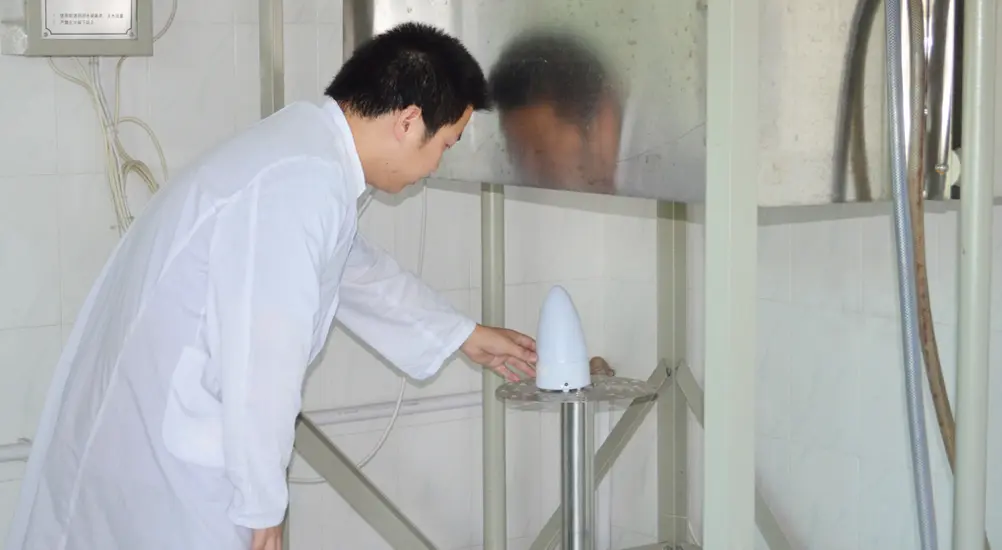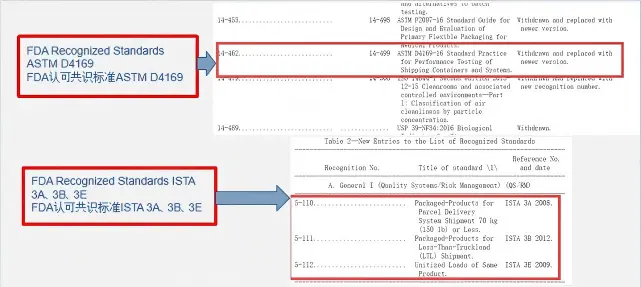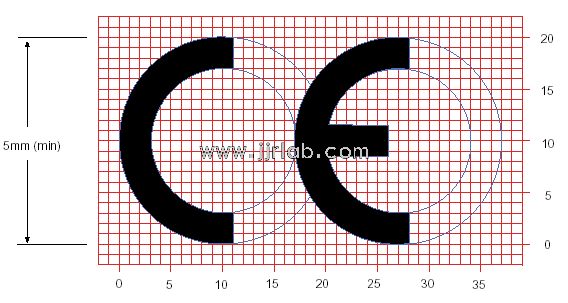
What is ASTM D4169 Testing?
In today’s highly competitive market environment, product packaging and transportation are crucial for businesses. Ensuring that products are not damaged during transportation, maintaining their integrity, and arriving at their destination on time have become key factors in winning market share.
For this reason, packaging and transportation safety testing is particularly important. The EU Regulation (EU) 2017/745 ANNEX I CHAPTER I Section 7 requires that “the design, manufacturing, and packaging of devices are carried out in accordance with the manufacturer’s instructions and information to ensure that during transportation and storage, the devices will not be adversely affected in terms of their characteristics and performance during their intended use.”
According to this requirement, during the MDR registration process, companies should submit packaging and transportation validation reports for their products. Commonly used packaging and transportation testing methods in the industry include astm d4169, ISTA series, and GB/T 4857 series.
About ASTM D4169:
ASTM D4169 is the first packaging and transportation testing standard recognized by the FDA. The latest version is ASTM D4169-22, which is the most widely adopted and recognized by domestic, FDA, and CE registrations. It is recommended to use this as the primary standard.
Factors to consider in ASTM D4169:
1) Choose the closest Distribution Cycle (DC) based on your product's actual transportation method: The standard provides 18 DCs, each simulating different transportation environments and hazard levels. Among them, DC13 (air (intercity) and truck transport (local, with a single package weighing up to 150 lbs (61.8kg))) is the most commonly used cycle.
2) Choose the required assurance level: The standard provides 3 assurance levels, each offering different testing strengths. The levels are classified by test intensity: Level I > Level II > Level III. In general, medical devices should undergo testing at the highest intensity, Level I.
3) Determine the acceptance criteria: The standard provides 3 acceptance criteria:
- Standard 1: No damage to the product.
- Standard 2: Packaging is intact.
- Standard 3: Includes both Standard 1 and Standard 2.
ASTM D4169 Distribution Cycles and Testing Plans:
a. 18 Distribution Cycles:
ASTM D4169 defines 18 different distribution cycles, 10 different testing plans, and 3 assurance levels. Choosing the correct combination of Distribution Cycle (DC), testing plan, and assurance level is crucial to ensuring that your shipping containers withstand the distribution process and reach your customer safely.
China JJR is qualified to provide ASTM D4169 testing and assist with your product's export compliance to the EU and the US. We welcome your certification inquiries.
Email:hello@jjrlab.com
Write your message here and send it to us
 ASTM D4169 Drop Test
ASTM D4169 Drop Test
 ASTM D4169 Packaging Simulation Transportation Tes
ASTM D4169 Packaging Simulation Transportation Tes
 What is ASTM D4169 Testing?
What is ASTM D4169 Testing?
 ASTM D4169-23 Test Standard Revision
ASTM D4169-23 Test Standard Revision
 Transport Simulation Testing for Medical Device Pa
Transport Simulation Testing for Medical Device Pa
 EU CE Certification Guidelines for Lighting Fixtur
EU CE Certification Guidelines for Lighting Fixtur
 Lithium Battery Export: CB Certification & IEC
Lithium Battery Export: CB Certification & IEC
 How to Apply for One FCC Certificate for Multiple
How to Apply for One FCC Certificate for Multiple
Leave us a message
24-hour online customer service at any time to respond, so that you worry!




